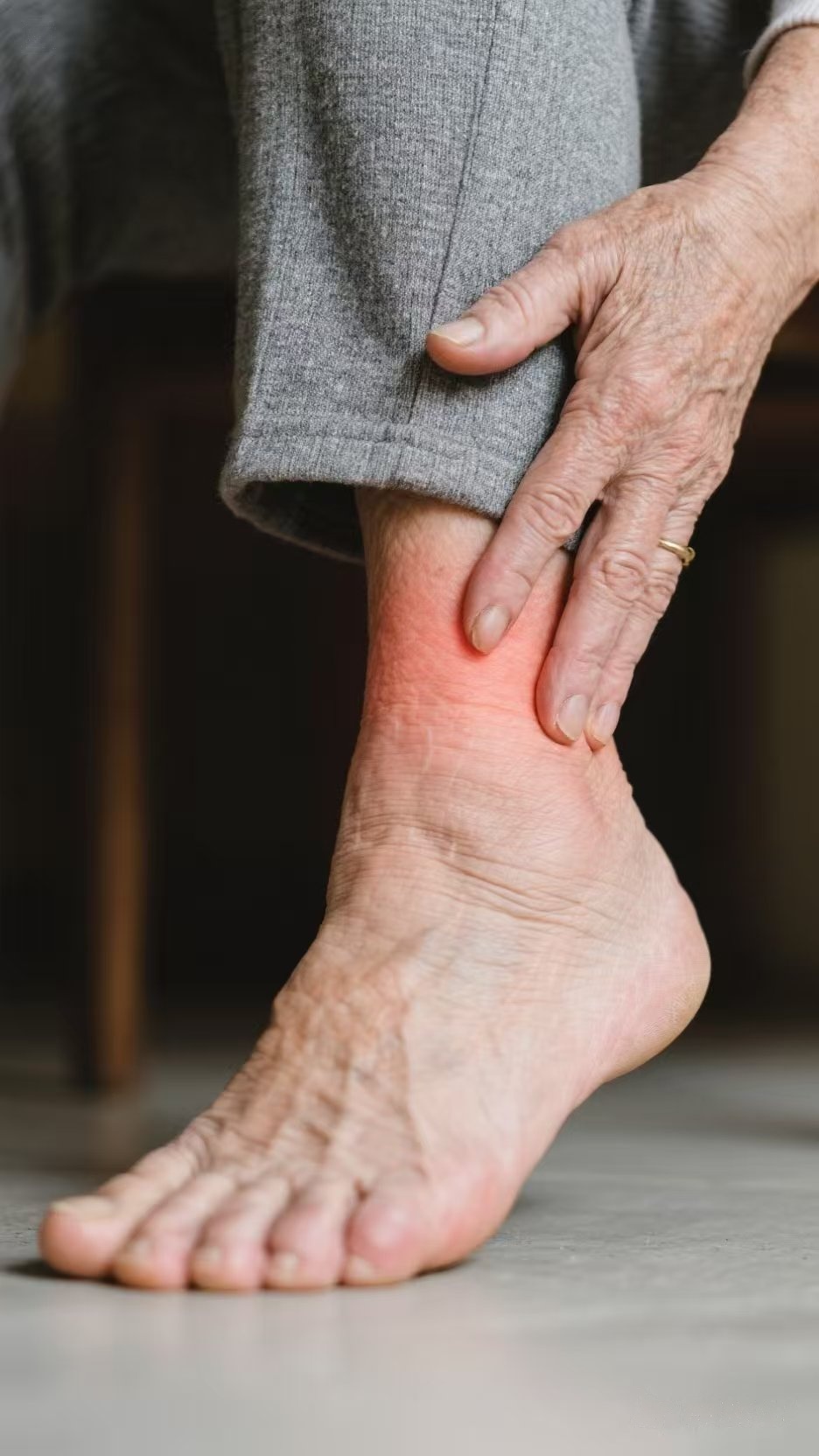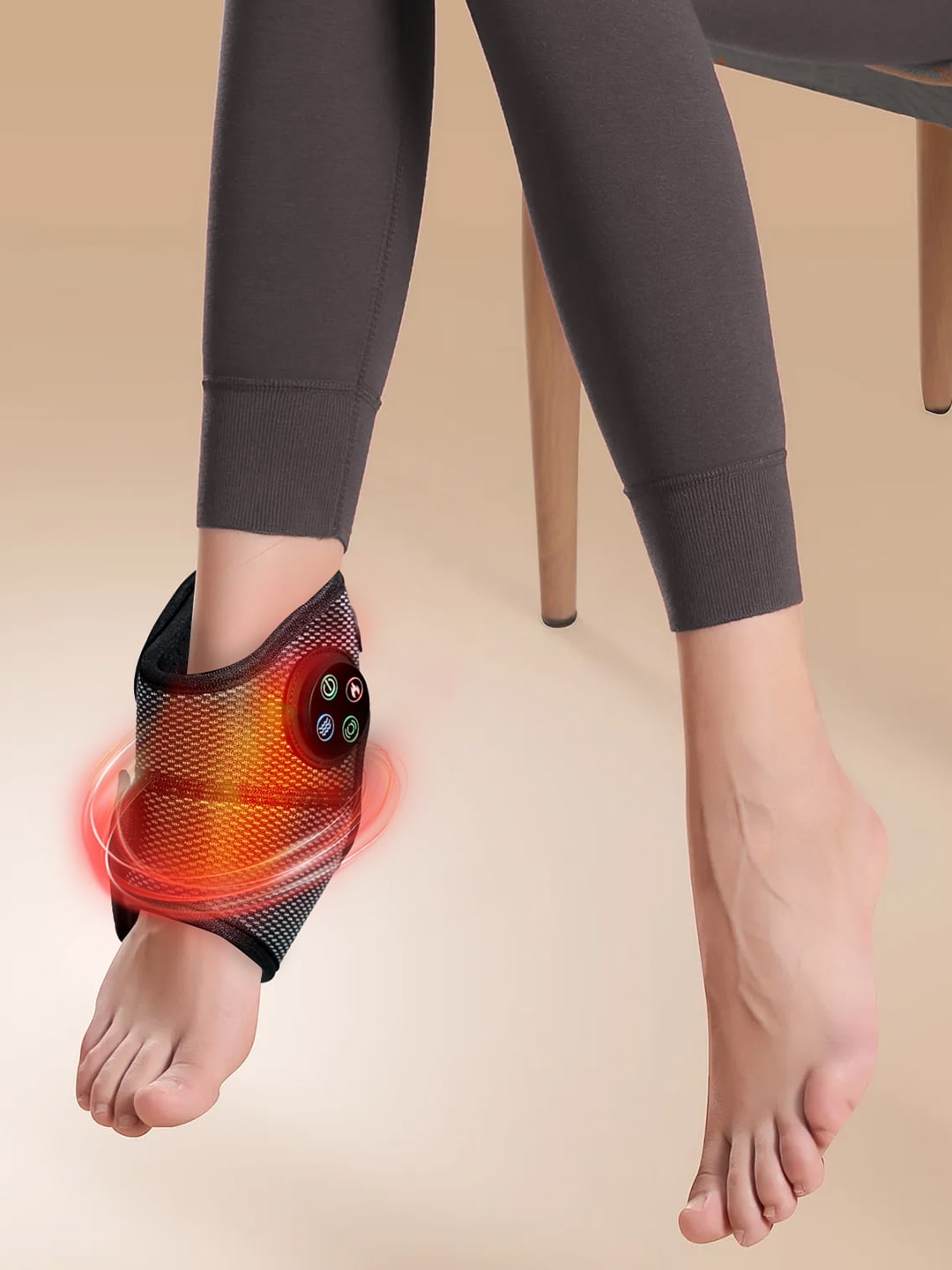Socks with your Foot Heater and Massager: A Runner's Dilemma?
- By Grace
- Updated on
After a grueling workout, a long run, or simply a demanding day spent on your feet, the promise of sinking into a soothing device with heat is incredibly appealing. It’s that moment of blissful anticipation, a chance for your tired feet to finally unwind and recover. But then, a subtle question might pop into your mind: should I keep my socks on, or take them off? This isn't just a casual thought; it's a genuine point of contention for many users, particularly for fitness enthusiasts like us who are always seeking peak recovery and performance. Both approaches have their staunch advocates, each presenting compelling arguments for their preferred method.
I’ve seen this debate play out countless times among my clients and in online forums. Some swear by the protection and hygiene that socks offer, while others insist that direct skin contact is the only way to truly experience the therapeutic benefits. It's a bit of a classic conundrum, isn't it? To be honest, there’s no single, universally "correct" answer, and that’s what we’re going to explore today. We’ll delve into the science behind how these incredible recovery tools work, examine the pros and cons of both options, and ultimately help you decide what’s best for your recovery routine.
The Foot Massager Experience: What Happens When You Plug In?
A modern therapeutic device is designed to replicate the skilled hands of a therapist, offering a combination of kneading, rolling, compression, and often, comforting heat. When you activate your machine, intricate mechanisms work to stimulate blood flow, relax tense muscles, and alleviate pressure points in your feet. For fitness enthusiasts, this translates directly into faster recovery, reduced post-exercise soreness, and potentially improved flexibility in the foot and ankle. The vibration and shiatsu nodes are meticulously crafted to target specific areas, providing deep tissue relief that a simple rest just can't match.
Most high-quality devices come equipped with an integrated heating function, which is a game-changer for muscle relaxation. The gentle warmth helps to dilate blood vessels, allowing more oxygen and nutrients to reach tired tissues while flushing out metabolic waste products. This combined effect of mechanical massage and thermal therapy is incredibly effective for promoting overall foot health and accelerating recovery. You might be surprised to find out just how crucial this heat element is, especially for those cold, achy feet after a long run or intense training session.
However, the question of socks immediately brings a layer of complexity to this otherwise straightforward experience. The tactile sensations and the direct application of warmth are fundamental to the massager’s design. A barrier, no matter how thin, inherently changes that interaction. This is where the core of our discussion lies, pitting the perceived benefits of hygiene and protection against the desire for maximum therapeutic feedback. Let's unpack the core arguments for both approaches.

Understanding the Science Behind Your Foot Massager and Material Barriers
The efficacy of a massage device hinges on its ability to stimulate mechanoreceptors and thermoreceptors in your skin and underlying tissues. When the massage nodes press and roll, these sensory receptors send signals to your brain, leading to sensations of pressure, movement, and ultimately, relief. Similarly, the heat from a built-in thermal element activates thermoreceptors, signaling warmth and contributing to vasodilation. A key part of optimal recovery is ensuring these signals are received effectively, allowing your body to respond fully to the therapeutic input. This is particularly important for deep tissue stimulation.
When you introduce a layer of fabric, like socks, you inherently create a barrier. This barrier can diffuse the intensity of the mechanical massage, slightly dampening the haptic feedback. Think of it like listening to music with noise-canceling headphones versus regular ones – you still hear the music, but some of the subtle nuances might be lost. Similarly, a sock can impede the direct transfer of heat from the device to your skin, potentially reducing the speed and efficiency with which your feet warm up. This isn't to say it stops the process entirely, but it does add an insulating layer that needs to be considered.
Conversely, that same insulating layer can serve a protective purpose. Some individuals find the direct intensity of certain massagers to be too much on bare skin, especially on sensitive areas. Moreover, for those using a device with very high heat settings, a sock can act as a buffer, preventing discomfort or, in rare cases, superficial low-temperature burns. It’s a delicate balance between maximizing sensory input and ensuring comfort and safety during your recovery session. Understanding this mechanism is vital to making an informed decision about your sock preference.

Should You Wear Socks With Your foot massager?
Wearing socks with your foot massager offers significant benefits. Firstly, it enhances hygiene, creating a barrier against sweat and germs, which is especially useful for shared devices or after a workout. Secondly, socks provide protection from intense heat or pressure, cushioning sensitive skin and guarding against potential low-temperature burns or overly aggressive massage nodes. Lastly, socks reduce friction, preventing irritation from rough textures or intense rolling mechanisms during prolonged sessions.
However, using a foot massager barefoot also has distinct advantages. It maximizes haptic feedback, allowing you to feel every subtle vibration and precise knead with maximum clarity for a deeper, more therapeutic experience. Barefoot use also enables direct heat transfer, allowing warmth to penetrate faster and more deeply for quicker relief to sore muscles and joints. For many, the feeling of bare feet being massaged is simply more comfortable and natural, contributing significantly to a pure and uninhibited relaxation experience without fabric bunching or extra warmth.
Optimizing Your Foot Massager Session: Beyond Just Socks
Regardless of your sock preference, there are universal best practices to ensure you get the most out of your session. First and foremost, always ensure your feet are clean beforehand. This not only enhances hygiene but also prevents the transfer of oils or debris to the machine, prolonging its lifespan. If you do opt for socks, choose thin, breathable materials, especially if heat is a primary goal. Thicker socks might insulate too much, hindering the effectiveness of the foot warmer function. I always tell my clients to think about what they want to achieve with each session; sometimes it's pure relaxation, other times it's targeted relief.
Secondly, pay attention to the settings on your machine. Modern devices offer adjustable intensity, speed, and heat levels. Experiment with these. If you find the massage too intense without socks, try a lower setting before immediately reaching for them. Conversely, if you feel the heat isn't reaching you through your socks, consider removing them or increasing the heat setting (cautiously, of course). Remember, this is your personal recovery tool, and customization is key. The right balance of pressure and heat makes all the difference in your recovery journey, and believe me, your feet will thank you.
Ultimately, the decision of whether to wear socks comes down to your personal preference and what feels most comfortable and effective for you. Some days you might crave that direct, intense sensation for deep muscle work, while other days you might prefer the subtle cushioning and hygienic barrier that a thin pair of socks provides. I encourage you to experiment with both approaches. Listen to your body, observe how your feet respond, and adjust your routine accordingly. The best recovery is the one that you find most enjoyable and beneficial, consistently.
Frequently Asked Questions
Does a foot massager help with plantar fasciitis?
Yes, many individuals find that a foot massager can significantly help alleviate the pain and discomfort associated with plantar fasciitis. The targeted massage action, especially deep kneading or shiatsu, can help stretch the plantar fascia, improve blood circulation to the affected area, and release tension in the calf muscles that contribute to the condition. Consistent use can reduce inflammation and promote healing, but it's always best to consult with a healthcare professional for a comprehensive treatment plan.
What's the difference between a shiatsu foot massager and a vibration foot massager?
A shiatsu foot massager typically uses rotating nodes or rollers to mimic the finger-pressing and kneading techniques of traditional shiatsu massage. This provides a deep, targeted pressure that works on specific reflexology points. In contrast, a vibration foot massager uses high-frequency oscillations to create a soothing, pulsating sensation across the entire foot. While shiatsu focuses on deep tissue and pressure points, vibration massagers excel at increasing blood circulation and providing generalized relaxation. Many modern devices combine both technologies for a more comprehensive experience.
Are foot massagers with heat worth it?
Absolutely, foot massagers with heat are generally considered highly worthwhile, especially for those seeking enhanced relaxation and therapeutic benefits. The added heat feature helps to further relax muscles, improve blood flow, and soothe tired or aching feet more effectively than massage alone. For fitness enthusiasts, the combination of massage and a comforting foot warmer can significantly accelerate post-workout recovery, reduce stiffness, and simply provide a more luxurious and effective experience. The ability to warm your feet while they are being massaged is a major advantage for comfort and pain relief.





